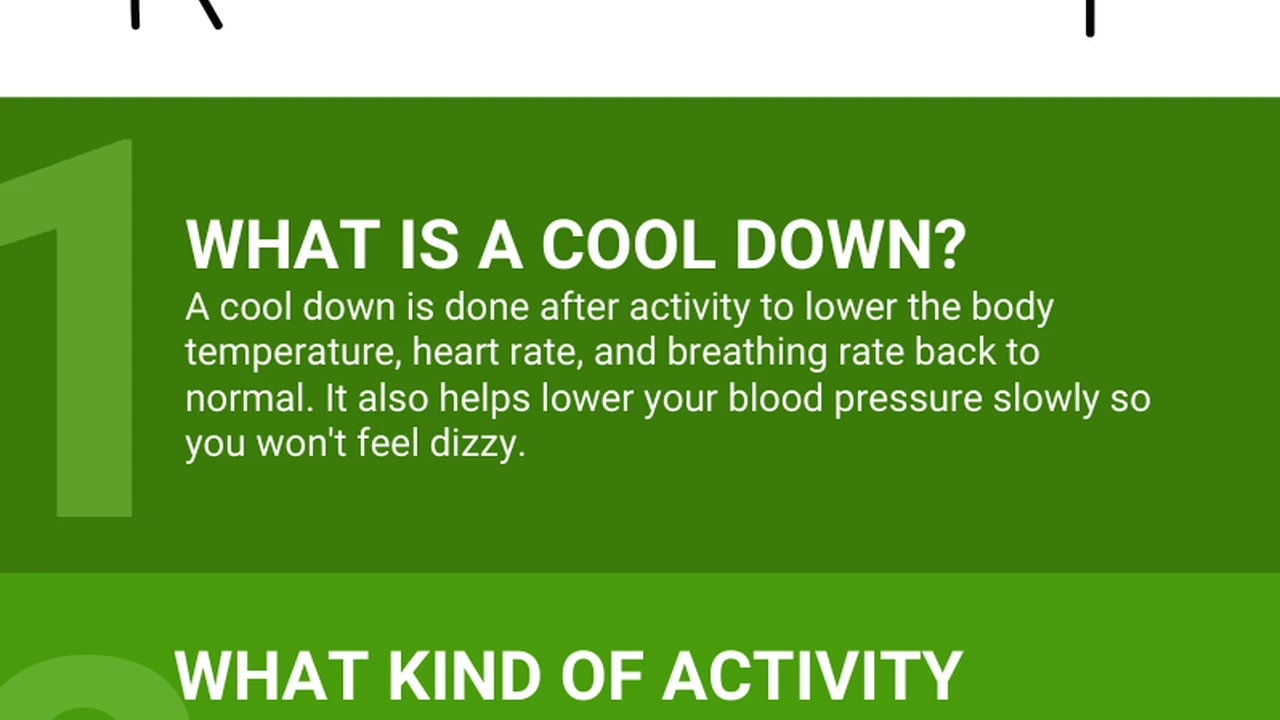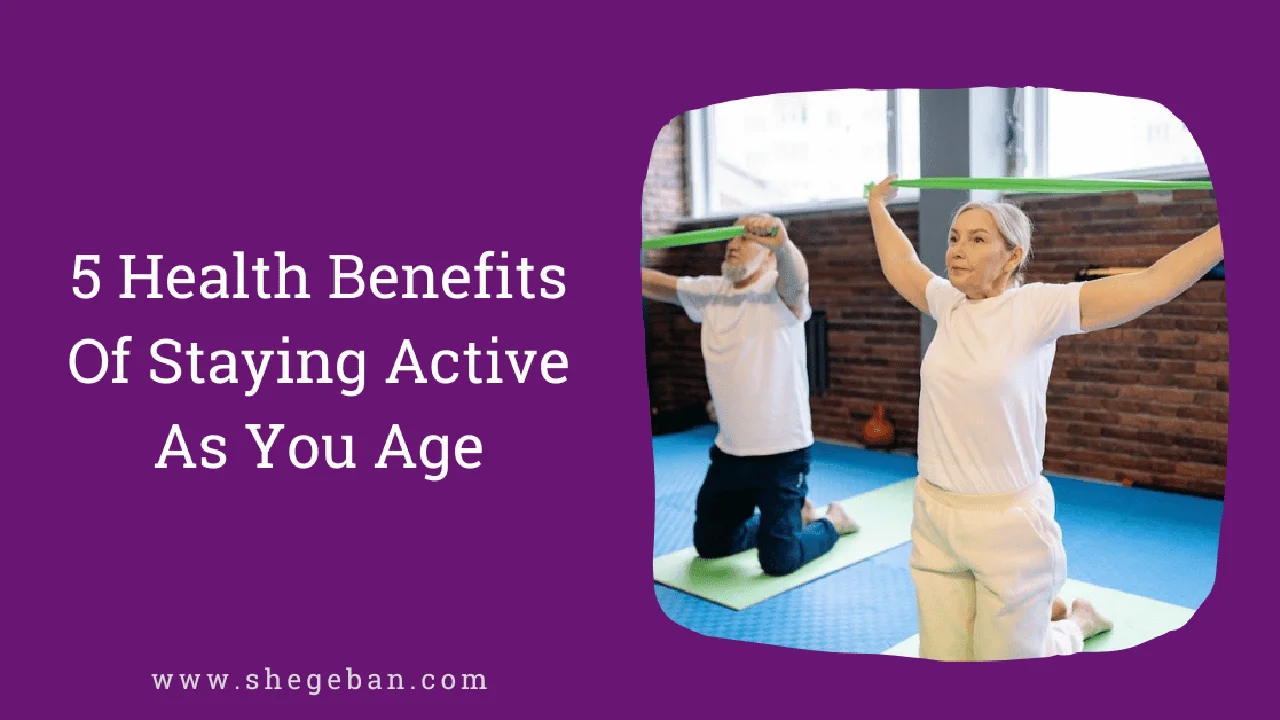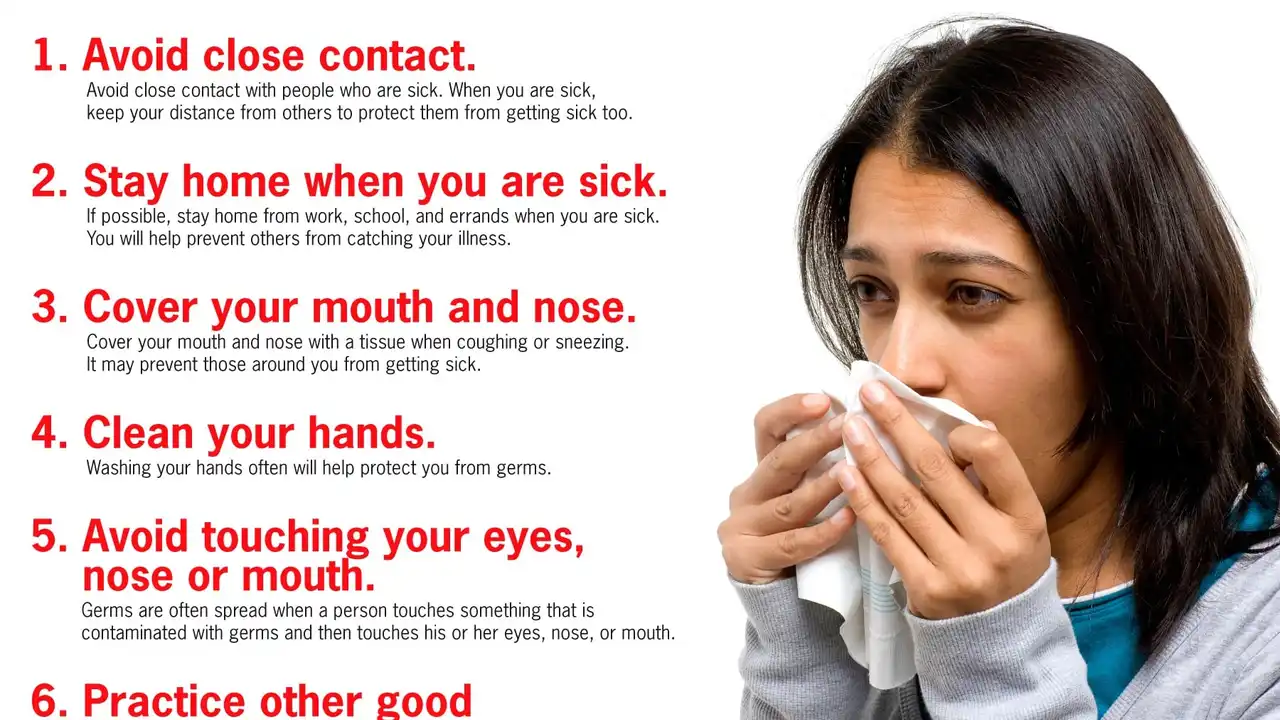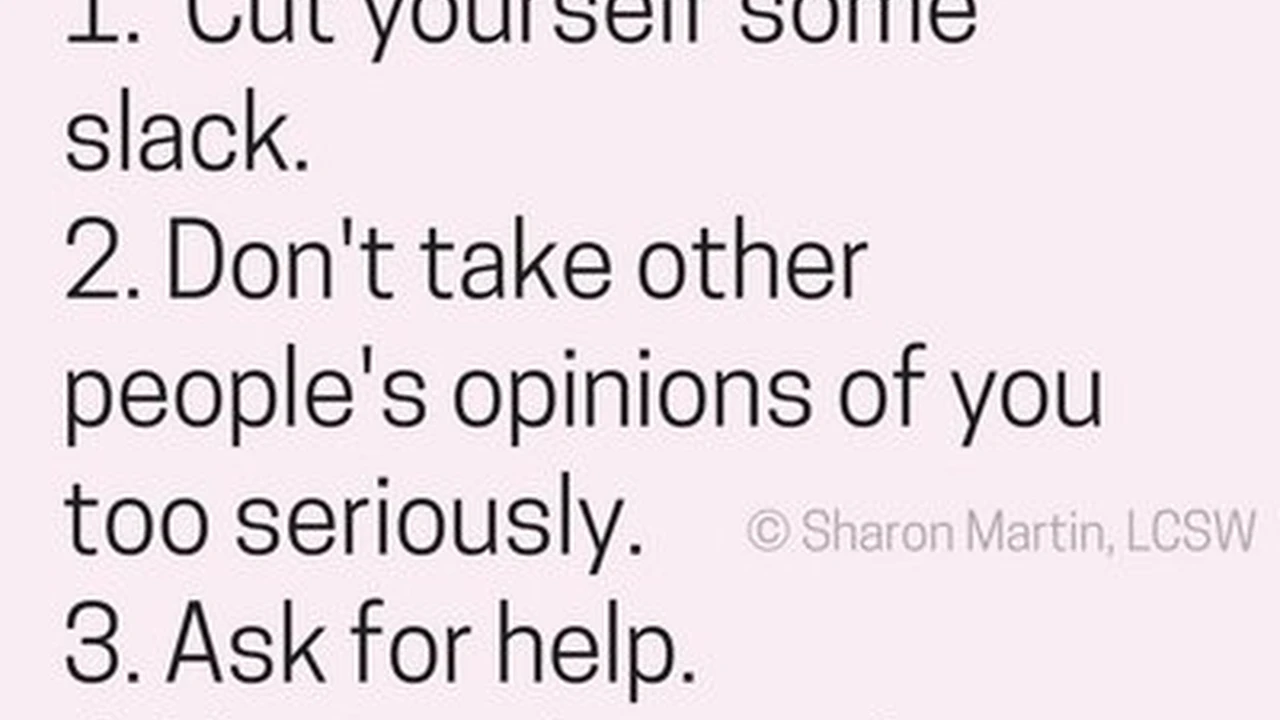How to Cool Down After Exercise: Recover Properly
Sample meta description.

The Importance of Cooling Down After Exercise: Why It Matters for Muscle Recovery and Overall Health
Alright, you crushed that workout! You're feeling the burn, the endorphins are pumping, and you're ready to conquer the world. But hold up! Don't just collapse on the couch just yet. Cooling down is a crucial part of any exercise routine, and skipping it can have some serious consequences. We're talking preventing muscle soreness, improving flexibility, and even reducing your risk of injury. Let's dive into why cooling down is so important.
Think of your body like a car engine. After a hard drive (workout), the engine (your muscles) is hot and revved up. Suddenly shutting it off can cause problems. The same goes for your body. When you stop exercising abruptly, your heart rate and blood pressure drop suddenly, which can lead to dizziness, lightheadedness, or even fainting. Cooling down allows your body to gradually return to its resting state.
Moreover, cooling down helps to remove lactic acid from your muscles. During intense exercise, your body produces lactic acid, which can contribute to muscle soreness and fatigue. A proper cool-down helps your body clear this lactic acid, reducing post-workout discomfort. It also helps to improve flexibility and range of motion, making you less prone to injury.
Effective Cool-Down Techniques: Stretching, Light Cardio, and Foam Rolling for Optimal Results
So, how do you cool down effectively? The good news is it's not rocket science! Here are a few techniques to incorporate into your post-workout routine:
- Light Cardio: Start with 5-10 minutes of light cardio, such as walking, jogging, or cycling at a low intensity. This helps to gradually lower your heart rate and blood pressure. Imagine you are slowly winding down the engine of a car, rather than abruptly killing it.
- Stretching: Follow your light cardio with static stretches. Hold each stretch for 20-30 seconds, focusing on the muscles you used during your workout. Key stretches include hamstring stretches, quad stretches, calf stretches, and shoulder stretches. Remember to breathe deeply and relax into each stretch.
- Foam Rolling: Foam rolling is a great way to release muscle tension and improve flexibility. Spend a few minutes foam rolling each major muscle group, such as your quads, hamstrings, calves, and back. You can find foam rollers at most sporting goods stores or online.
Cool Down Stretches for Different Muscle Groups: Targeting Hamstrings, Quads, Calves, and More
Let's get a little more specific about those stretches. Here are a few examples you can incorporate into your cool-down routine:
- Hamstring Stretch: Sit on the floor with your legs extended in front of you. Reach towards your toes, keeping your back straight. Hold for 20-30 seconds.
- Quad Stretch: Stand tall and grab one foot, pulling it towards your butt. Keep your knees together and your back straight. Hold for 20-30 seconds.
- Calf Stretch: Stand facing a wall and place one foot slightly behind the other. Lean forward, keeping your back heel on the ground. You should feel a stretch in your calf. Hold for 20-30 seconds.
- Shoulder Stretch: Reach one arm across your body and use your other arm to gently pull it closer. Hold for 20-30 seconds.
Remember to listen to your body and avoid pushing yourself too hard. You should feel a gentle stretch, not pain.
Cool Down Equipment Recommendations: Foam Rollers, Massage Balls, and Recovery Sandals for Enhanced Muscle Relaxation
Now, let's talk about some cool-down equipment that can help you take your recovery to the next level. These aren't essential, but they can definitely enhance your experience and provide additional benefits.
- Foam Roller: We already mentioned foam rollers, but they're worth repeating. They come in various shapes and sizes, so find one that works best for you.
- Product: TriggerPoint GRID Foam Roller
- Use Case: Great for overall muscle release, especially in larger muscle groups like quads, hamstrings, and back.
- Comparison: Compared to smooth foam rollers, the GRID has a textured surface that provides a deeper massage.
- Price: Around $35-$45
- Massage Ball: Massage balls are smaller and more targeted than foam rollers. They're great for working on specific knots and trigger points.
- Product: Lacrosse Ball
- Use Case: Excellent for targeting knots in your glutes, feet, and shoulders.
- Comparison: More affordable and portable than specialized massage balls, but can be quite firm.
- Price: Around $5-$10
- Recovery Sandals: These sandals are designed with contoured footbeds that provide support and cushioning, helping to reduce foot fatigue and promote recovery.
- Product: OOFOS OOriginal Sandal
- Use Case: Perfect for wearing after a workout or long day on your feet. Provides excellent arch support and shock absorption.
- Comparison: More supportive and comfortable than regular flip-flops, but can be a bit pricey.
- Price: Around $50-$60
Comparing Different Cool Down Products: Choosing the Right Tools for Your Needs and Budget
Choosing the right cool-down tools depends on your individual needs and budget. Here's a quick comparison to help you decide:
- Foam Roller vs. Massage Ball: Foam rollers are better for general muscle release, while massage balls are better for targeting specific knots. If you're on a budget, start with a foam roller. If you have specific problem areas, consider adding a massage ball.
- Recovery Sandals vs. Regular Flip-Flops: Recovery sandals are a worthwhile investment if you spend a lot of time on your feet or experience foot pain. They provide much better support and cushioning than regular flip-flops.
Remember to read reviews and do your research before making a purchase. And don't be afraid to experiment to find what works best for you.
The Role of Hydration and Nutrition in Post-Exercise Recovery: Replenishing Fluids and Fueling Muscle Repair
Cooling down isn't just about stretching and foam rolling. It's also about replenishing fluids and fueling muscle repair. Dehydration can exacerbate muscle soreness and fatigue, so it's important to drink plenty of water after your workout. Aim to drink at least 16-20 ounces of water within the first hour after exercising.
You should also consume a post-workout snack or meal that contains both protein and carbohydrates. Protein helps to repair muscle tissue, while carbohydrates help to replenish glycogen stores, which are your body's primary source of energy. Good options include a protein shake, a banana with peanut butter, or a Greek yogurt with berries.
Common Mistakes to Avoid During Your Cool Down: Skipping It Altogether, Stretching Too Aggressively, and Neglecting Hydration
Finally, let's talk about some common mistakes to avoid during your cool-down:
- Skipping It Altogether: This is the biggest mistake of all! Make cooling down a non-negotiable part of your workout routine.
- Stretching Too Aggressively: Avoid pushing yourself too hard when stretching. You should feel a gentle stretch, not pain.
- Neglecting Hydration: Drink plenty of water after your workout to replenish fluids and prevent dehydration.
- Ignoring Your Body: Listen to your body and adjust your cool-down routine as needed. If you're feeling pain, stop and rest.
So there you have it! Everything you need to know about cooling down after exercise. Remember, a proper cool-down is an essential part of any workout routine. By incorporating these techniques into your post-workout routine, you can prevent muscle soreness, improve flexibility, and reduce your risk of injury. Now go crush that workout and cool down properly!
:max_bytes(150000):strip_icc()/277019-baked-pork-chops-with-cream-of-mushroom-soup-DDMFS-beauty-4x3-BG-7505-5762b731cf30447d9cbbbbbf387beafa.jpg)






